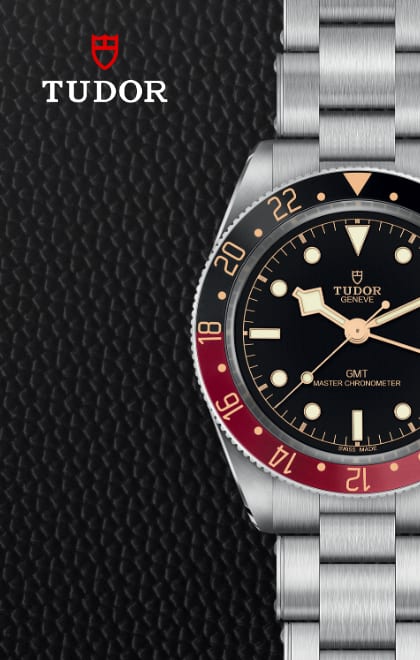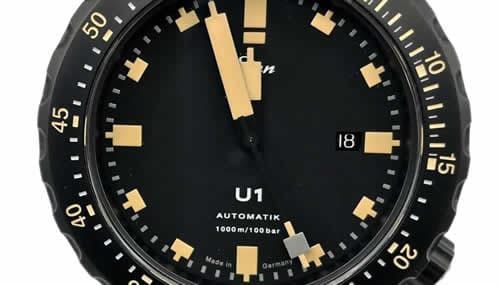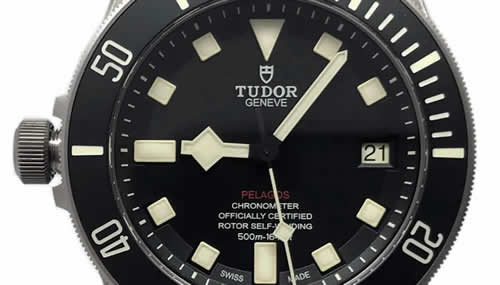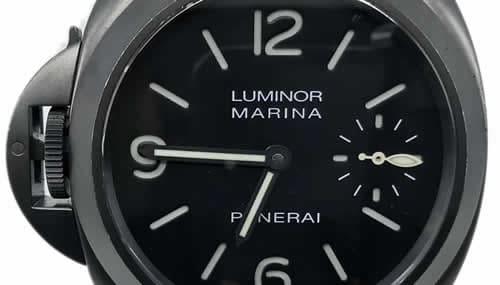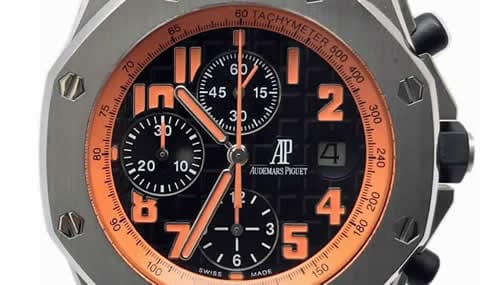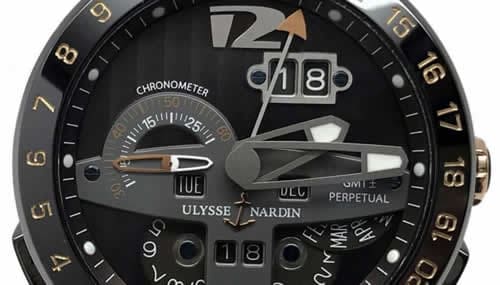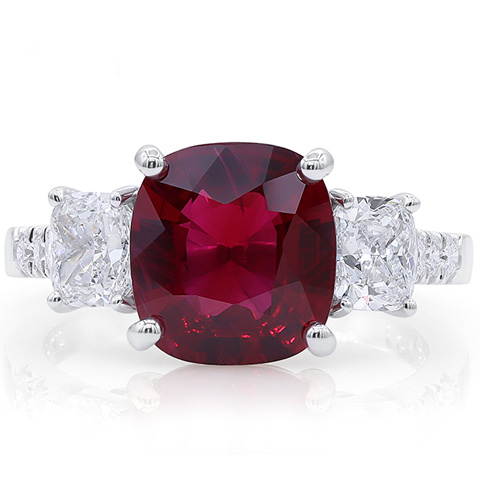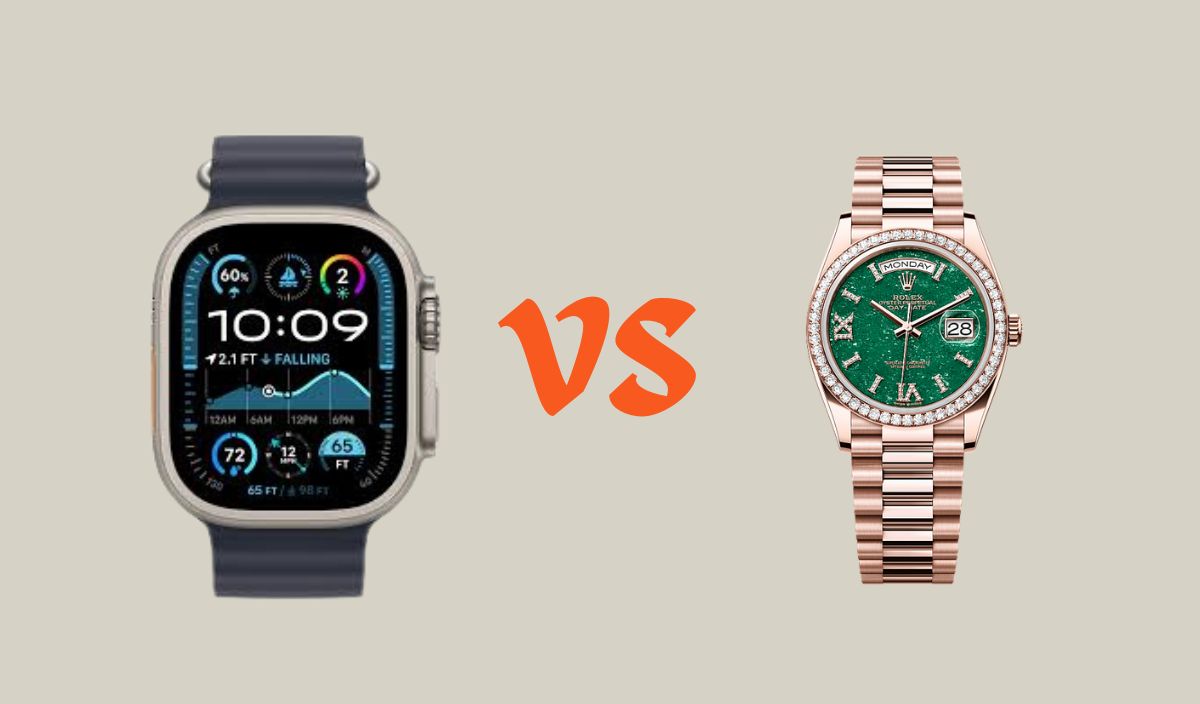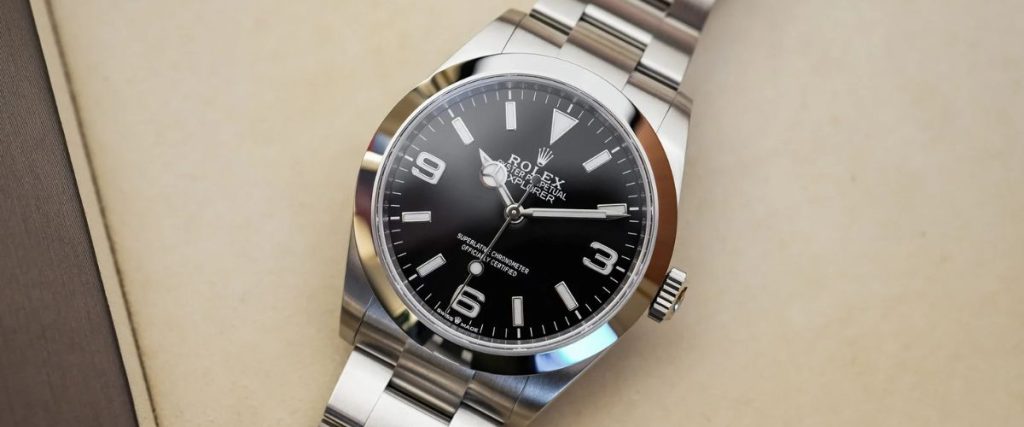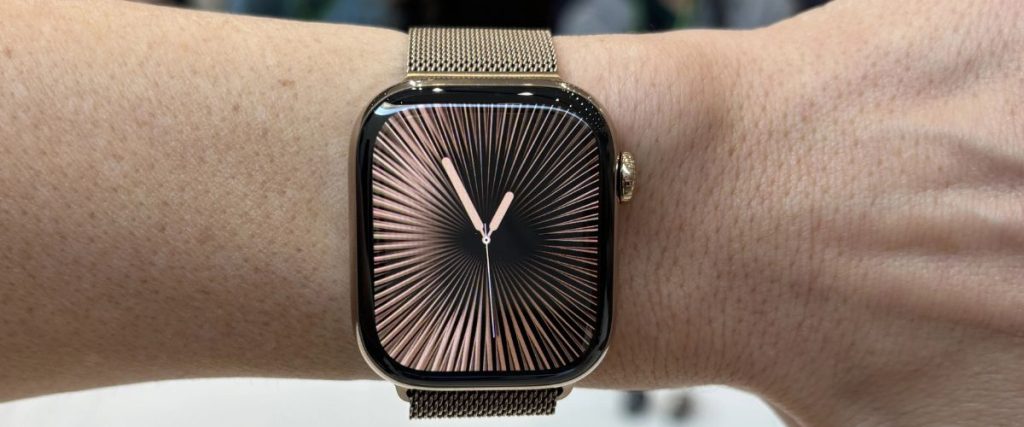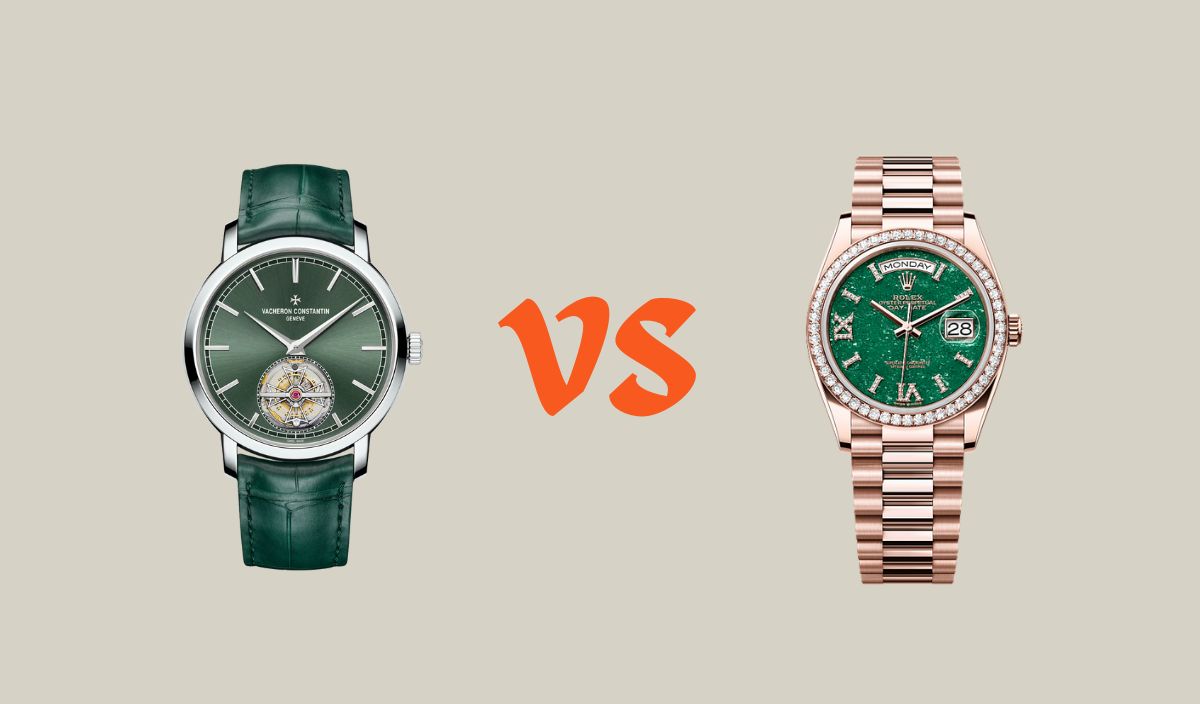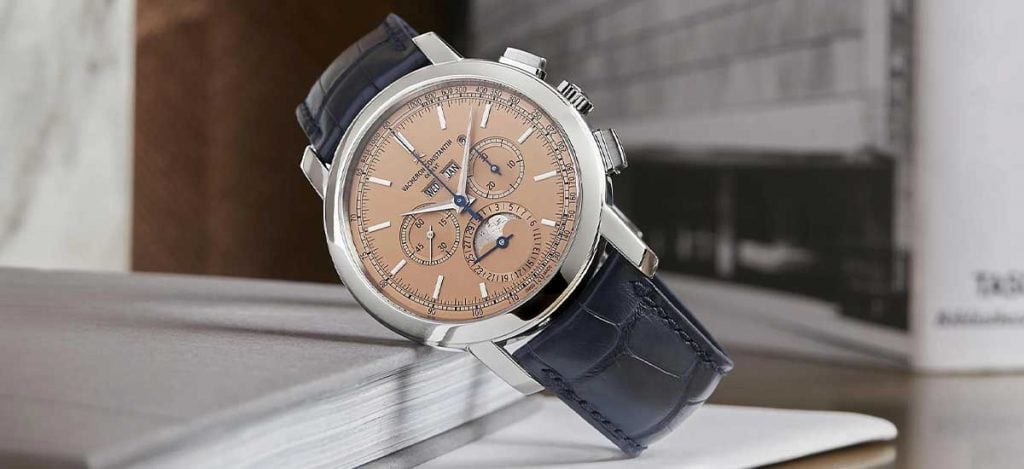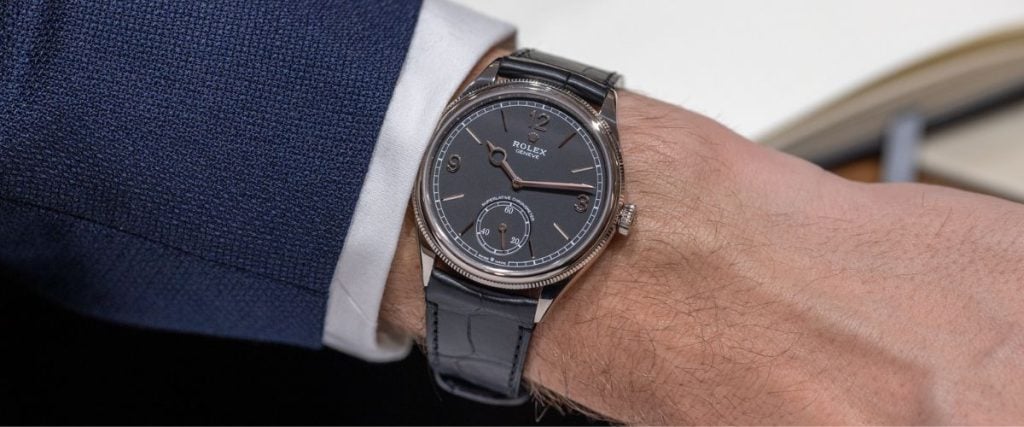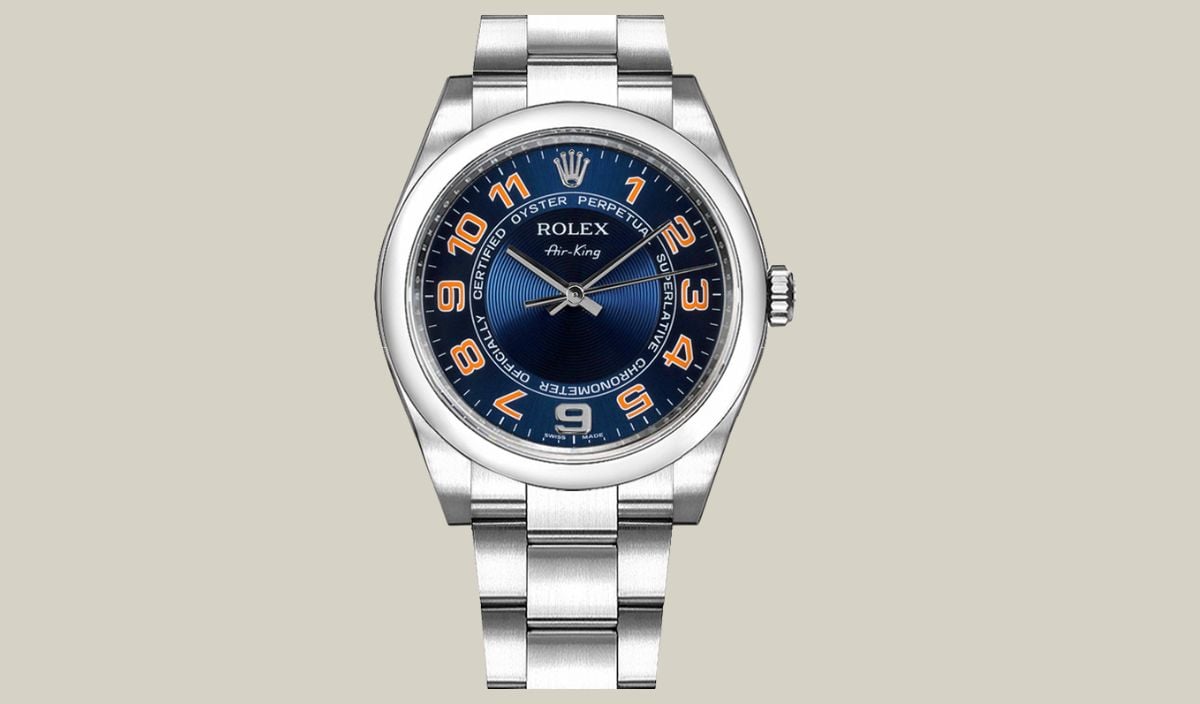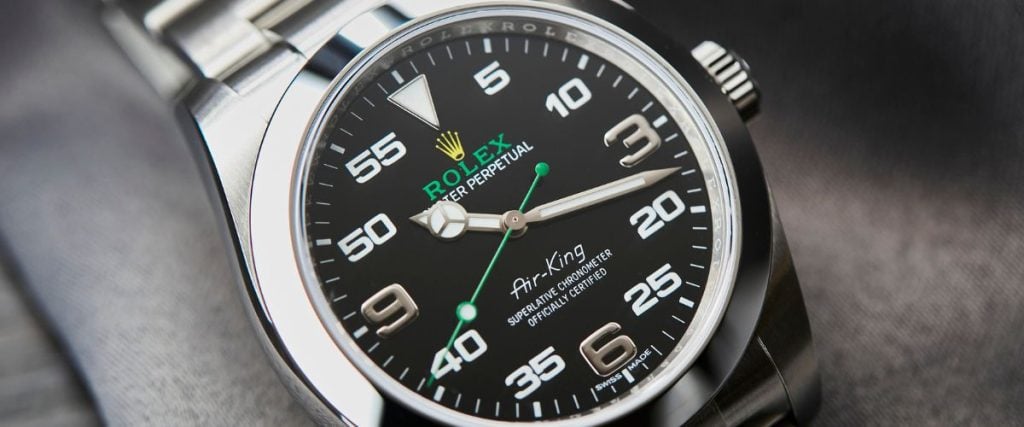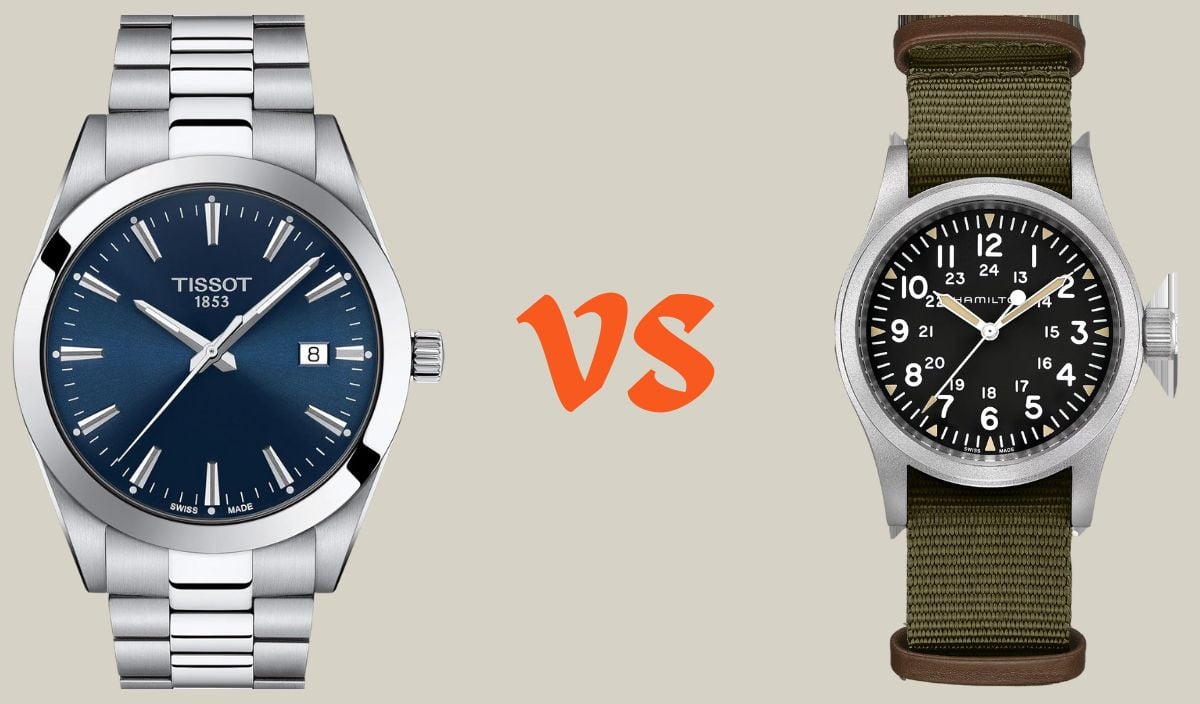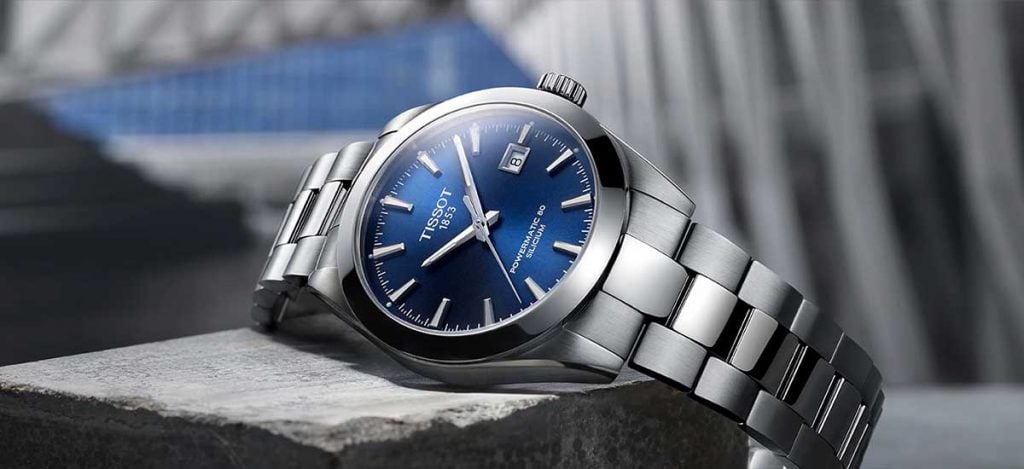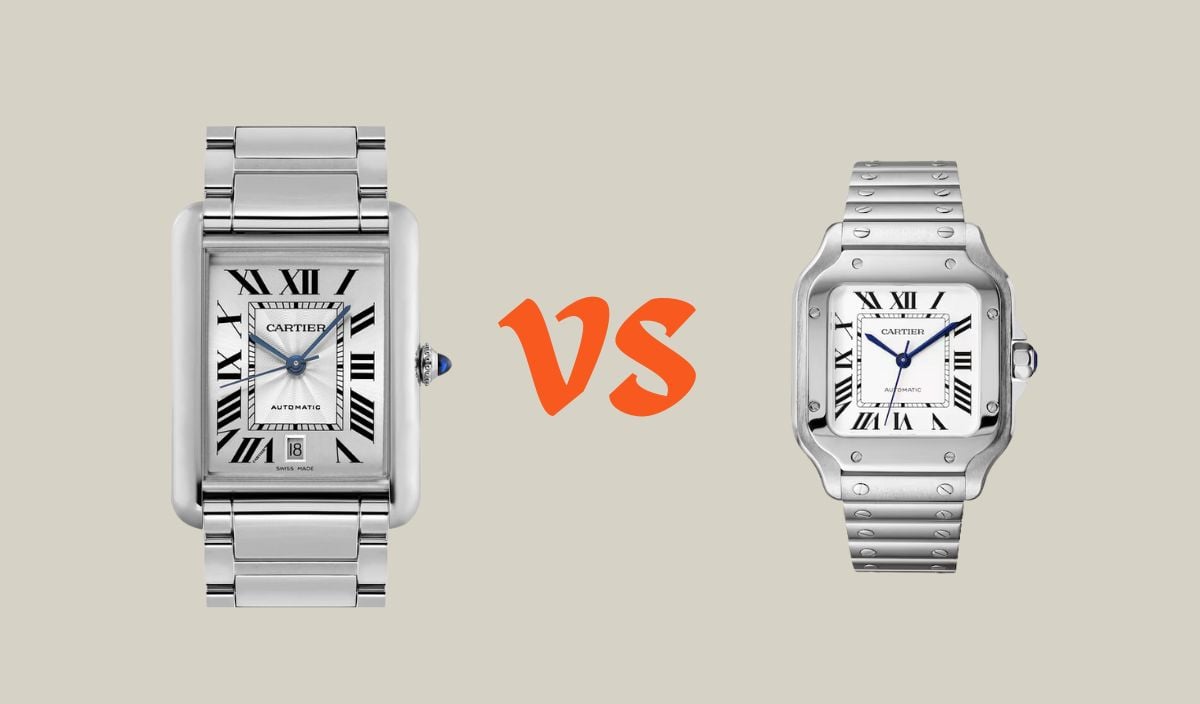
There seems to be a general consensus amongst luxury watch enthusiasts that only those brands with at least a century’s worth of history and experience behind their designs are worthy of being amongst the elite of the Haute Horlogerie universe.
Of course, that’s not true, and there are many up-and-coming names and micro-brands, not to mention young watchmakers making waves across the industry with their influential designs.
But for the purposes of comparing one Cartier watch with another, we can at least say that both of these models come from the same respectable, independent watchmaker, who has over 100 years of know-how and heritage behind its name.
The Cartier Santos and Cartier Tank are among the French luxury brand’s most famous and popular watches of all time. They’re also loved for very different reasons.
Cartier has an illustrious history, and the Tank and Santos have served as two pillars of outstanding craftsmanship and success, marking watershed moments for the brand.
Should you be contemplating which model you’d like to embellish your collection with, you may require a little extra assistance to accompany your research. In this article, we’ll compare the history, materials, design, movements and the prices of both models as the Cartier Tank goes head- to-head with the Cartier Santos.
The Cartier Tank

To many, the Cartier Tank may seem very simple in design. But while it embodies a purity that is appreciated amongst discerning collectors, it also tells the story of an unlikely design.
One that didn’t follow the conventional shape, yet reached the heights of popularity in a profound way with a unique design inspired by military tanks of the First World War…
The History of the Tank
The Cartier Tank first came to life in 1917 with its bold rectangular design that stood out drastically amongst a sea of Art Nouveau-inspired timepieces.
It echoed the profile of the Renault FT-17 machines of WWI with clear, structured lines that defied the conventions of its time, marking the beginning of a creative era in watchmaking.
The Tank set a new precedent for modernity and outside-of-the-box thinking. The case was formed by a set of parallel lines that Cartier likes to call “brancards” and the dial was occupied by sword-shaped hands and Roman numeral hour markers.
The crown at the side of the case was set with a blue sapphire cabochon – a hallmark of many Cartier watches. Lastly, its simple yet decadent design came equipped with a traditional leather strap for easy wearing.
The Tank actually took some influential cues from its predecessor, the Santos, yet the gently elongated case shape and clean lines gave it an elegant personality of its own.
It was one of the first examples to take influences from the Art Deco style, appealing to those brave enough to wear something that went against the grain.
It would be 1919, however, before the first Cartier Tank watch would go on sale. It’s what we now call the Tank Normale, which preceded the Tank Cintree – both of which were led under the innovative direction of Louis Cartier himself.
The Cintree, however, was slightly more elongated, fully celebrating the unusual appeal of the rectangular case with a cambered case and stretched Roman numerals. The inaugural Normale, however, was produced in limited runs, making these originals some of the most covetable of all.
The watch also became ubiquitous on silver screen, starring in the 1926 film “The Son Of The Sheik”. The brand re-launched many historical Tank designs much later on, including the aforementioned Tank Cintree, which arrived in 2018 with iterations available in platinum, rose gold and yellow gold.
The Cintree is an acquired taste. Because it looks rather different to other Tank models, it’s often overlooked until experienced on the wrist.
Back to the Tank’s history, though. The Tank Chinoise arrived later, resuming the more squared case shape similar to the Normale. It featured upper and lower brancards inspired by East Asian temples.
As time went on, subtle changes were gradually implemented into the collection, including the gently rounded corners of the Tank Louis Cartier case, donating a softer, albeit geometric profile.
Its scalloped edges offered a striking take on the watch and soon became the classic “Tank” style by which all other models are compared to.
The Tank Louis Cartier, otherwise known as the Tank LC was by far one of the most iconic interpretations of the Tank during the roaring 20s and was exclusively manufactured in precious metal, making it an appealing dress watch option for special occasions.
These models were eventually made available in quartz-powered versions, however the purist of ways to experience the model today would be in manually wound form.
This brings us to the historical chapters that outline some of the most important versions of the Tank watch – each one becoming a renowned component of the larger Tank collection. Here they are in a little more detail.
The Tank Models
Let’s fast forward to 1977 – the year of the Cartier Tank de Must – a watch that launched during the era of the Quartz Crisis and a more affordable period of watch collecting. To keep up with the demand for accessible wristwatches, Cartier released the Tank de Must in gold-plated silver or brass.
Today, this line still exists, accommodating the Solar Beat variations that absorb light through their dials. A second sub- line has since been built out, too – the Tank Solo – a series of affordable quartz-powered steel models.
The Tank Americaine followed the quartz period with a curved case that looked similar to the Cintree. These iterations featured a small seconds or moon phase indicator at 6 o’clock, adding another layer of technical sophistication to the Tank design.
These models are curved on the dial side with flat casebacks and have recently launched in steel for the first time (2017).
Cartier continued the legacy of the iconic Tank watch in 1996 with the launch of the Tank Francaise, boasting a squared case design and a refined link bracelet that exuded a sportier presence.
In 2012, Cartier released the Tank Anglaise – a much bolder and more modern design with prominent brancards and a chunkier profile for a bolder wrist presence.
This design showcased the crown embedded into the brancards, forming one of the most distinctive designs within the collection. This blend of traditional and modern features serves to articulate the journey of the classic Tank and its evolution over the decades.
Today, the Cartier Tank is still one of the most alluring designs to own and has been spotted on the wrists of royalty, as well as famous faces like Elizabeth Taylor, Jackie Kennedy and Andy Warhol.
Above all, it’s a highly popular collectible due to its minimalist design, striking rectangular shape, timeless aesthetics, impeccable movements, and its ability to retain value.
The Cartier Santos

Similarly, the Cartier Santos is one of the brand’s most enduring designs to date and is once again defined by its unconventional shaped case.
Suffice to say, if you like to steer away from the traditional round case and you like vintage-looking watches that carry a curious and intriguing history, either the Tank or Santos is going to appeal to you for similar reasons.
Yet the Santos is steeped in an aviation heritage, blending luxurious square-shaped aesthetics with pilot-friendly functionality.
The collection ranges from stainless steel models to exquisite diamond-set creations and skeleton editions that show the workings of some of Cartier’s most impressive mechanical movements.
The History of the Cartier Santos
The story of the Santos dates back to 1904 when Brazilian aviator Alberto Santos-Dumont highlighted the need for a highly practical wrist-worn tool for flying. The pocket watch was impractical for such duties, thus Cartier responded to the request with a flat watch with a square bezel and a strap.
Santos-Dumont became the first pilot to sport the wristwatch during flight. The design was inspired by an earlier square-shaped Cartier pocket watch and featured an Art Deco-inspired dial that was crisp and highly legible and went on to define the 1920s and 1930s, as did the Tank.
Earning the distinction of being the first men’s wristwatch, the unorthodox watch design went down in history and is still available today. The first models were made available to the general public in 1911 but have since undergone modifications that have helped evolve the watch into the practical, yet instantly recognisable model it is today.
The Santos Models
With screws that bolted down the watch glass, inspired by the legs of the Eiffel tower and a Roman numeral hour track that echoed the streets and boulevards of Paris, there is no denying that the Cartier Santos watch was unique, both in design and aesthetics.
When the watch hit the shelves in 1911, options in platinum and yellow gold became available. The brand then went on to create the deployant clasp (before innovating the QuickSwitch clasp) and played a pivotal role in defining the era that made the man’s wristwatch both acceptable and stylish.
During the 1970s, Cartier was inspired by the stainless steel sports watch and the penned Gerald Genta designs that took the world by storm.
It turned to the Santos to capitalise on the trend, redesigning it and renaming it the Santos de Cartier in 1978. It switched out the classic leather band for an integrated metal bracelet and debuted in stainless steel.
Similar to changing tactics during the quartz era with a battery-powered Tank, Cartier also revised and renamed the Santos during the 1980s with the large-wearing Santos Galbee, before the arrival of the Santos 100 in 2004, marking the model’s centenary.
After lying dormant for a decade, the brand relaunched the Santos in 2018 with a modern collection of timepieces each featuring curvier lugs and cases. The range came with several patent-pending features including a SmartLink system for its bracelets and the aforementioned QuickSwitch mechanism.
The latest range is the Santos-Dumont, which launched a year later in two-tone options, featuring dials that look similar to early 1900 vintage models.
Despite the many variations of the Cartier Santos and the fact that it’s the oldest design in the brand’s current catalogue, there is still a strong appetite for this aviation watch. It still looks good on the wrist some 100 years later, as does the Tank, making the decision process between the two particularly tricky.
Which Is the Right Model for You?
It goes without saying that the Cartier Tank leans into dress watch territory with its simple, classic and undeniably elegant aesthetics.
Though both share the crisp black Roman numeral hour markers and signature blued hands of the true unadulterated Cartier style, the Santos is bolder and more functional, benefitting from a QuickSwitch strap, as well as superior water resistance. It’s an ideal go-to watch that straddles the line between dress and sports watch.
As well as capturing the brand’s pioneering heritage in aviation watchmaking, the Cartier Santos shows more technical sophistication, exposing elements of its fine watchmaking through skeletonised designs and industrial-inspired elements like the bezel screws, though these features may be too aggressive for some and it’s price too high when compared to entry-level Tanks.
The Tank however, excels in formal environments with its slim profile and elegant proportions. Great for business attire, the unisex designs from this collection are versatile across gender preferences thanks to their timeless design language and their cultural significance across the course of history.
At the end of the day, however, it’s the Cartier Santos that stands out for its practical adaptability. The implementation of its strap-changing features makes customising the watch easy while on the go, eradicating the need to use tools and providing more configurations for those who like to switch up the style of their watch as they go.
Of course, deciding between the two depends on personal preference and requires some level of consideration in what you need in a timepiece and what your watch-wearing habits are.
The Cartier Tank and Santos as Investments
Understanding the investment side to collecting Tank and Santos watches is important. Both stand out for their strong value retention, but as with every model, market demand and price is affected by rarity, materials and condition.
From the Tank collection, models like Louis Cartier Tank watches hold their value well, while the Tank Must designs have provided a more accessible price point for collectors, strengthening the brand’s market position and appealing to a wider audience.
Like many sports watch offerings, the Cartier Santos demonstrates good value retention, especially those that have since become discontinued, like the Santos 100.
Enhancing market appeal further are features designed for comfort and practicality like Cartier’s redesigned case proportions and strap-fitting mechanisms, benefitting from enhanced build quality whilst still preserving the links to it is heritage.
Contrastingly, while the Cartier Tank commands premium prices when in precious metal form, the value of the Santos can be found within its steel sports watch offerings. For a new Cartier Tank quartz, you can expect to pay around $3k and within the region of $20k for a precious metal model.
For the Cartier Santos, prepare to part with around $7k to $40k depending on the complication, or more than original retail price for a vintage or discontinued model on the pre-owned market.
Conclusion
The word “iconic” is thrown around all too often in the world of watch collecting. But if there is one watch that lives up to that terminology, it’s the Cartier Tank. The watch has graced the wrists of many luminaries over the years, from Princes Diana and Jackie Kennedy to Andy Warhol and Muhammed Ali.
Although the watch has undergone many changes over the years, most have been functional upgrades rather than aesthetical ones. Indeed, the Tank has needed to change very little to keep up with current tastes.
It will remain amongst some of the most timeless designs in history thanks to its enduring shape and endlessly elegant style. Above all, the Tank is one of the most influential and recognisable luxury designs on the planet and is widely appreciated as a unisex design.
Likewise, the Cartier Santos will always have a palace in the heart of aviation fans and pilot watch collectors, and appeals to a more niche segment, resonating with fans of the brand’s aviation roots, not to mention dedicated Cartier watch collectors who generally share an appreciation for the classic and timeless beauty of its unconventional case shape and suite of distinctive features.
The recent boom in vintage watches has no doubt kept the Cartier Tank and Santos watches towards the top of the wish list for many discerning collectors. For those looking for a more modern interpretation of either watch, Cartier’s current line-up offers a little something for everyone.
And while neither the Santos or the Tank are the cheapest of investments, they do retain their value well and promise to make some of the best heirlooms you could opt for on the current market.


